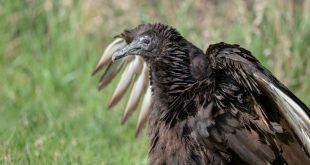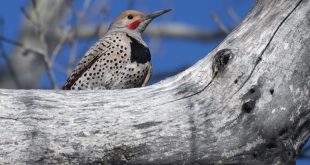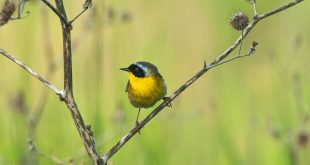So here we are at the end of summer. I always have mixed feelings this time of year. I am excited about cooler weather, fall migration, and football, but I also always feel a bit bummed thinking about all the summer birds that will soon be leaving us for warmer climes. It happens quickly, with each passing week more species depart, migrating south, not to be seen again until spring 2016. As I was out birding on Sunday, I was reminded we are to the point when one omnipresent sound of summer, the song of the Dickcissel, suddenly goes silent.
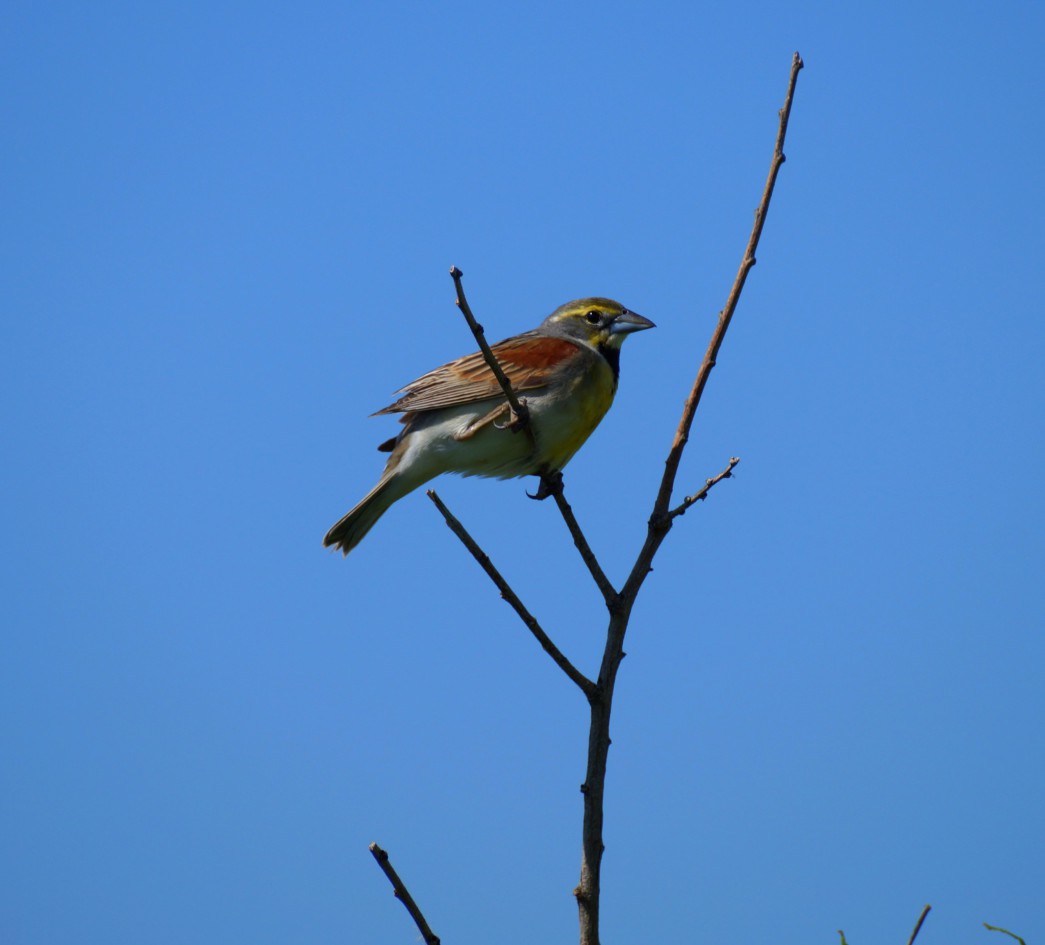
Dickcissels are ubiquitous in grassland and agricultural areas of eastern and central Nebraska during summer. You are hardly ever far from a Dickcissel, and its song, in open country in these parts of the state from mid-May through mid-August. Males sing non-stop, even during midday when other bird species give their vocal chords a rest. Even though they are all over, Dickcissels are overlooked and most definitely under-appreciated. Other prairie birds have allure and pizzazz. There are poems about Bobolinks and meadowlarks. Others are recognized as state birds. Dickcissels miss out on such accolades and appreciation. They are always prominent but they are also in the background, constantly droning on with their “my name’s dick-cis-sel“ song.
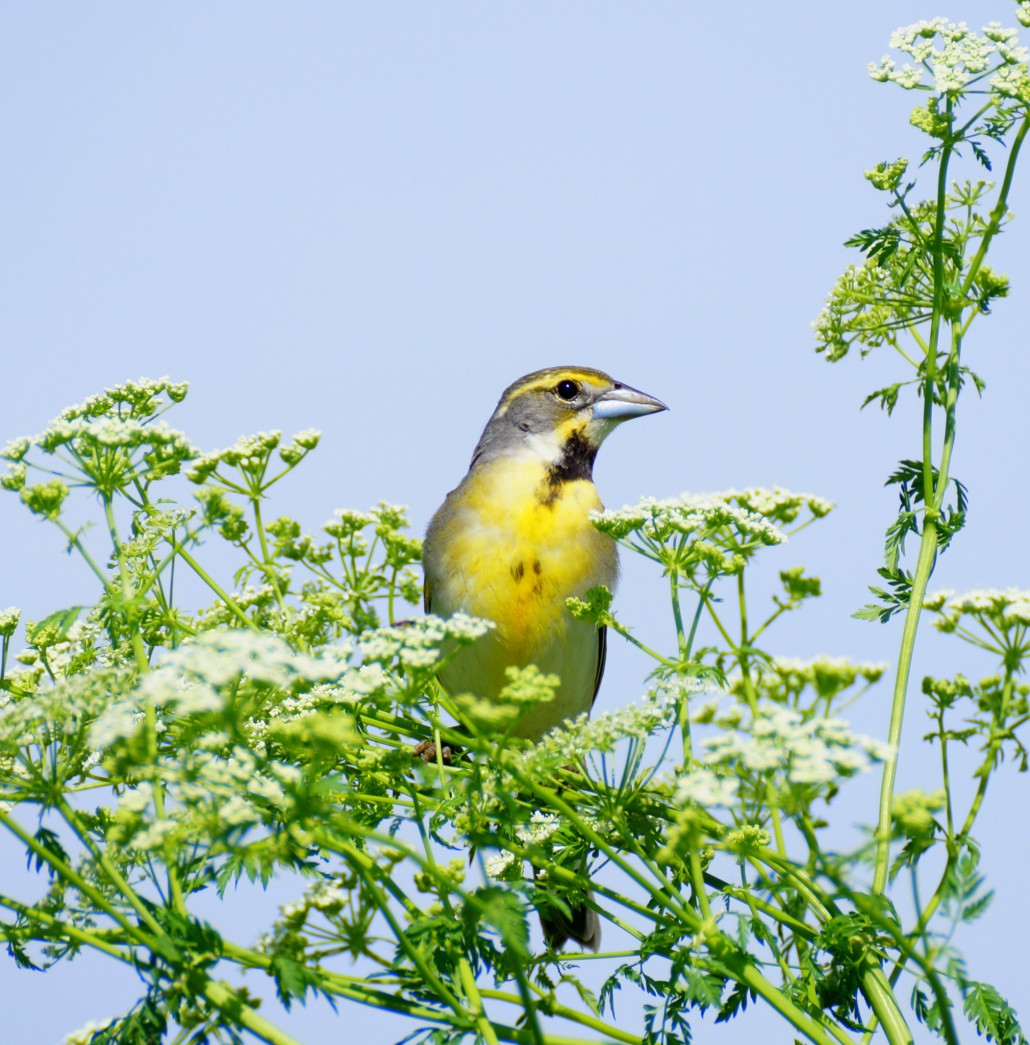
But, Dickcissels are worth knowing. They are part of our landscapes and ecosystems. Nebraska is important for Dickcissels since the eastern half of the state is part of the Dickcissel’s core breeding range that also includes parts of Kansas, Missouri, Iowa and a few other Midwestern states. Outside of this core range, including areas such as the Nebraska panhandle, Dickcissels are a bit nomadic and their abundance varies from year to year. Some years they are absent, and in others they may be common.
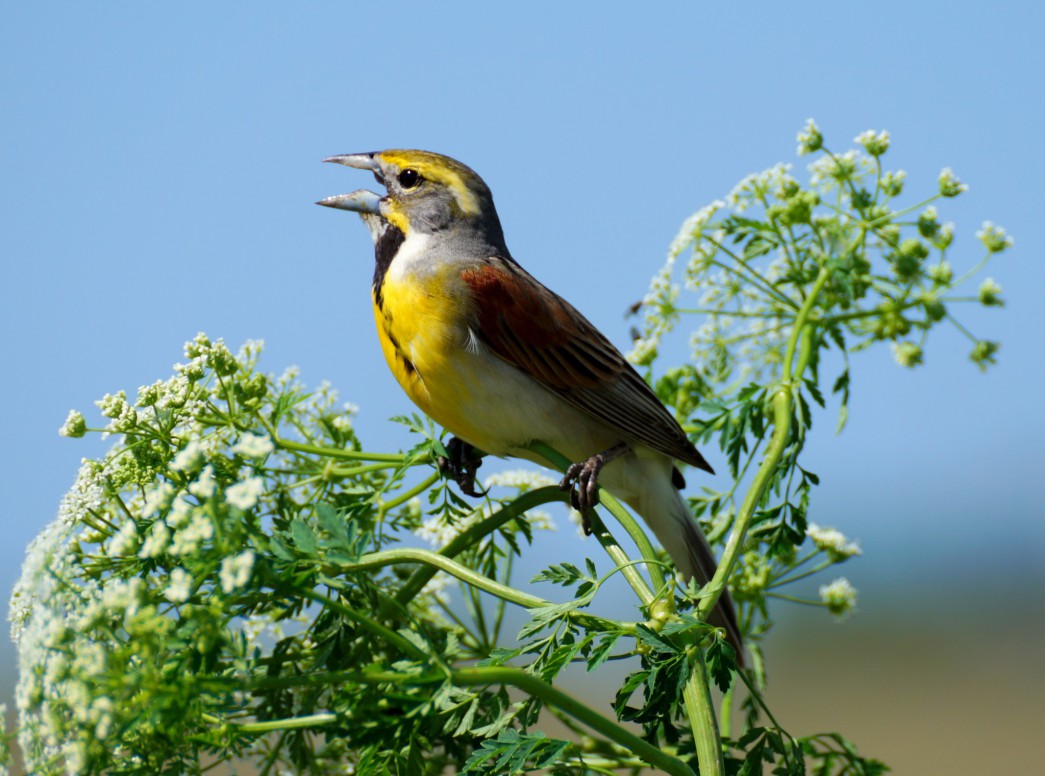
Dickcissels are Neotropical migrants, wintering south of of the Tropic of Cancer, primarily in Venezuela. There, from what I understand since I have never been to Venezuela, they congregate in huge flocks. They are considered pests in agricultural areas in their wintering range and are persecuted for it. If you are unsure whether you’ve heard the Dickcissel’s song, play the video below to find out.
Dickcissels sing and sing up until the point a “switch” goes off in mid- to late August and they stop, seemingly all at once. The next time I am out and about I’ll notice that there are no Dickcissels singing and I’ll be reminded summer is just about, or rather is, over.
Good birding!
 Nebraskaland Magazine
Nebraskaland Magazine

